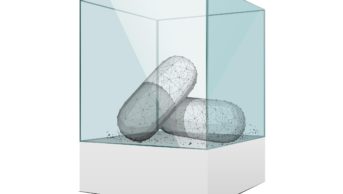
Shutterstock.com
Guanfacine (Intuniv) should be an option for treating attention deficit hyperactivity disorder (ADHD) in children and adolescents aged 6–17 years for whom stimulants, another type of ADHD medicine, are not suitable or tolerated or have shown to be ineffective, the European Medicines Agency (EMA) has said.
The EMA’s Committee for Medicinal Products for Human Use (CHMP) has recommended that the European Commission grants a marketing authorisation for guanfacine but stressed that, like other medicines authorised for the treatment of ADHD, it must only be used as part of a comprehensive treatment programme, typically incorporating psychological, educational and social measures. It must also be initiated under the supervision of an appropriate specialist in childhood or adolescent behavioural disorders.
Shire’s Intuniv is the first treatment for ADHD to be recommended through the centralised authorisation procedure in the EU. The CHMP based its recommendation on 13 studies that provided evidence on the safety and efficacy of the drug in children and adolescents, showing improvements for a number of disease parameters associated with symptom reduction.
The standard pharmacological treatment for ADHD is stimulants, which work by increasing brain activity, particularly in areas that control attention and behaviour. Guanfacine is a selective alpha2–adrenergic agonist, and is expected to improve the symptoms of ADHD by initiating a response from neurons in regions of the brain associated with attention, organisation, planning and impulse control.
The most serious potential side effects of guanfacine are bradycardia, hypotension, syncope, somnolence and sedation and an associated risk of falls and accidents. Treatment is also associated with weight gain.


